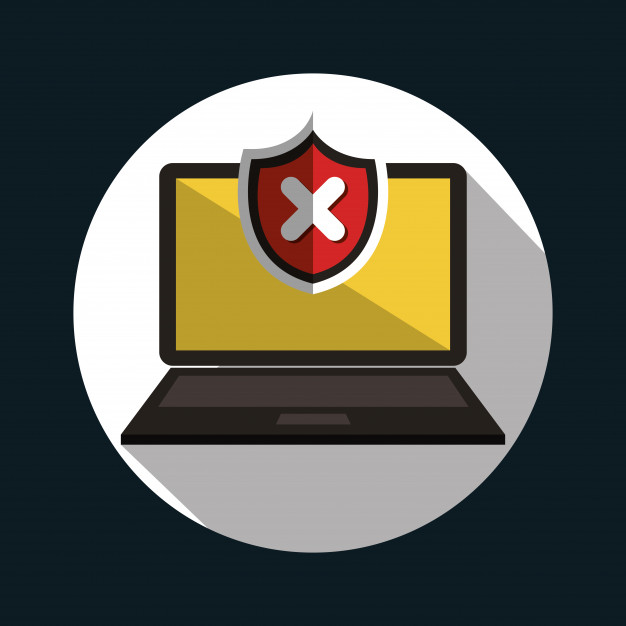How to fix a “website not secure” error
The fact that your website has an expired SSL certificate may not necessarily mean it’s not properly secured. Some of the most dangerous websites out there have up-to-date SSL certificates and do not appear insecure from the front. So, what exactly is an insecure website and how do you make it more secure?
An insecure website could be one with poorly implemented authentication systems, embedded scripts, malicious extensions, poorly secured databases, badly written code, outdated addons and many other vulnerabilities. Any of these can lead to a major breach if not caught on time and rectified.
How to Know If A Website Is Insecure (End User’s Perspective)
A user visiting a webpage could tell if the website is not safe when they notice the following things:
1. Lack Of HTTPS- SSL Certificates
While an SSL certificate is not the ultimate indicator of a website’s security, it usually shows that the website’s owners do not take their user’s security seriously. Modern web browsers such as chrome and Firefox will flag your website as website not secure and even prevent the user from accessing it unless they choose to override the red alert.
An up to date SSL certificate indicates that your visitor’s data is protected from malicious entities and that you are serious about security. You should therefore always ensure that your website has an up to date SSL certificate and that it’s properly implemented on all internal links within your websites. You can get a free SSL certificate using open SSL or Let’s encrypt.

2. Constant Redirects
Having too many redirects on your website could be a sign that your website is not safe. Users do not like being redirected to other websites when they come looking for something on your website. Sometimes, redirects could also mean that your site has been hijacked and used to redirect visitors to attack websites. Make sure that any redirects from your pages are safe and open in a different tab with a warning to the user that they are navigating to a different website. More importantly, webmasters should make a point of checking their homepages and internal pages for unauthorized websites.
If you find that you have untrusted or unidentified redirects on your websites, then you should have your website scanned for malicious scripts and rectified. Remember that any attacks emanating from your URL would get you in trouble with your host and the authorities in severe cases.
Constant Pop-Ups and Full-Page Advertisements
Visitors will always avoid your website if it has constant and persistent pop-ups that are hard to get rid of and random full-page advertisements. They might appear safe from your end and rightfully so but they are not good from the user’s and search engine perspective. In some cases, Google and other search engines will flag your website as potentially harmful and drop it down the rankings.
You should be careful about the kind of advertisements you display on your website and what they are advertising. Only allow ads from reputable and white-hat sources such as Google AdSense, Amazon and known sponsors. Having a single malicious advertiser on your website could open your website to more serious attacks such as XSS and malware hosting.
How to Know If A Website Is Insecure (Webmaster’s Perspective)
There are many things you should be wary of if you are the website owner as far as website security is concerned. Some of them include:
Database Security
Every website that is not a simple static HTML page requires some kind of database to store its data and that belonging to the visitors. As a webmaster, you will know if your website is not secure if the database is not encrypted or if you do not have backups and logging enabled.
Keeping unencrypted databases is dangerous especially if you are dealing with customer’s data. Any breach could see you paying huge fines to the relevant authorities if discovered in addition to losing your data, customers and online business.
Server Misconfiguration
If you are hosting your website, a simple mistake with configuration could leave your website vulnerable to all manner of attacks. Ensure that your web servers are properly set up according to the security best practices contained in the documentation. If in doubt, have your servers scanned for potential vulnerabilities and rectified.
Malicious Extensions and Scripts
As a webmaster, you are responsible for the technical aspects of your website which might include verifying and installing extensions and additional tools and scripts. Beware of malicious extensions and scripts that may cause your website to slow down or redirect users to other websites.
Your website’s security depends on the steps you take to detect and remove vulnerabilities before suffering a breach. However, you should not hesitate to seek external help when in doubt.
Related Suggestions
© 2025 Comodo Security Solutions, Inc





